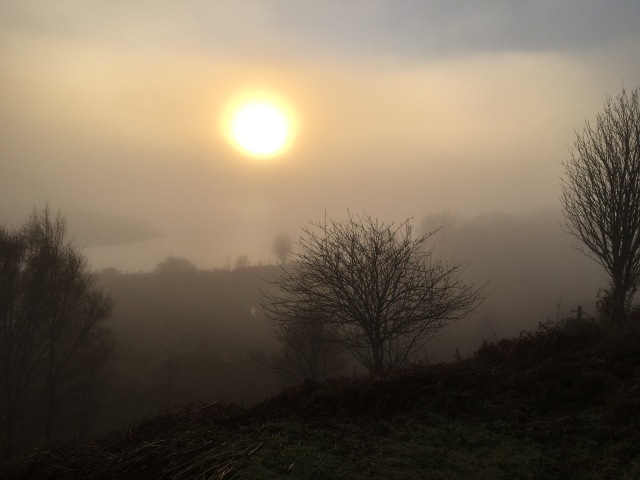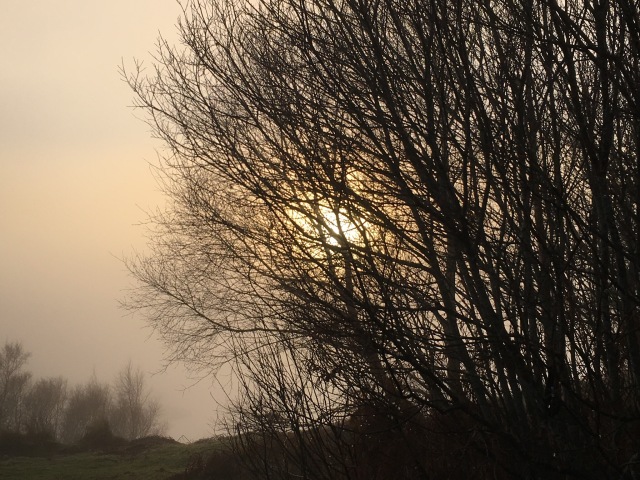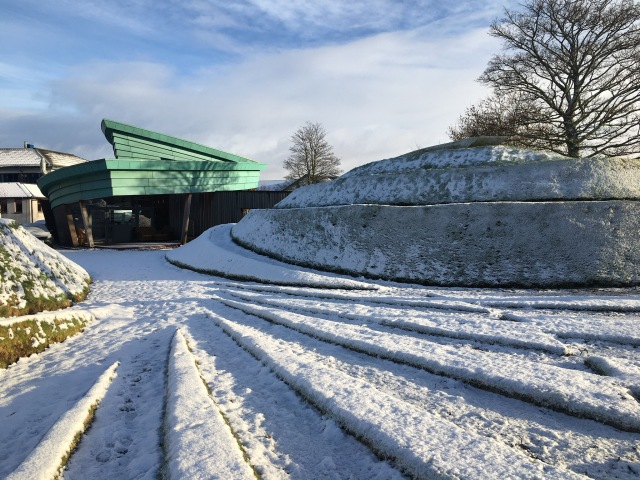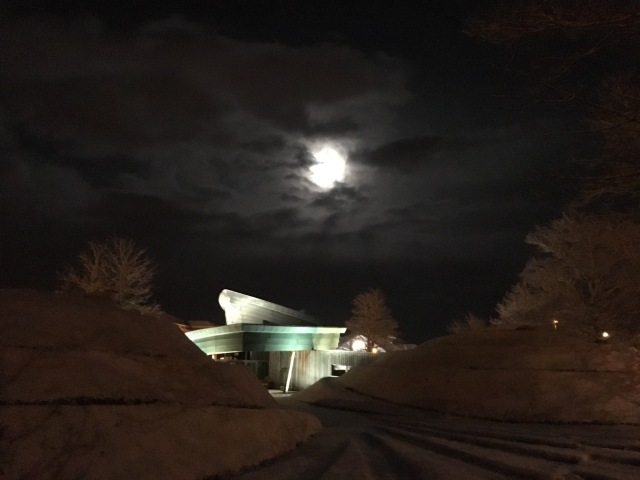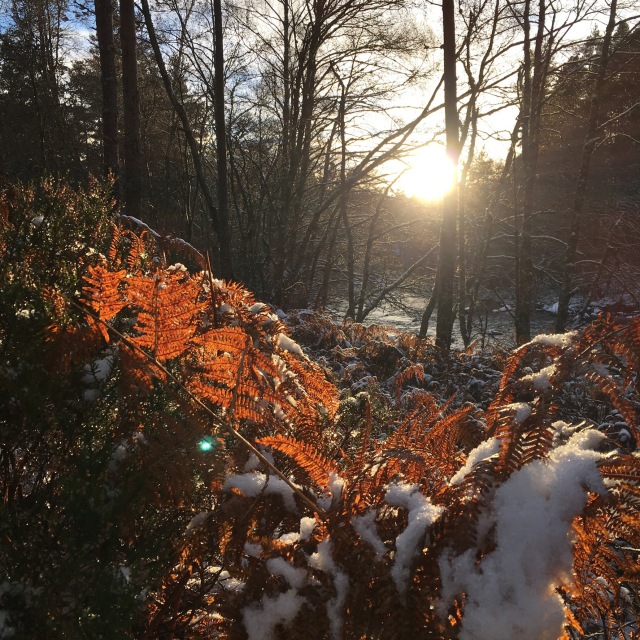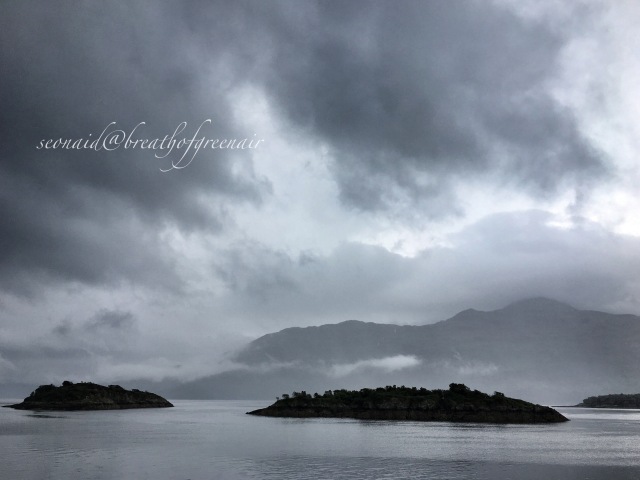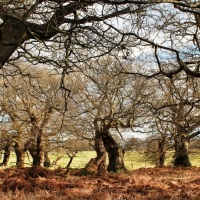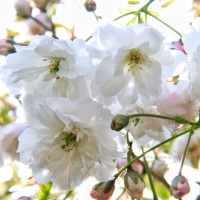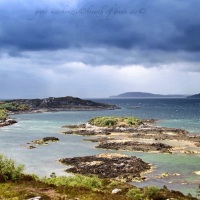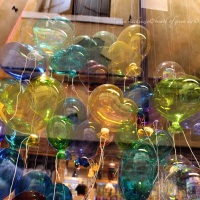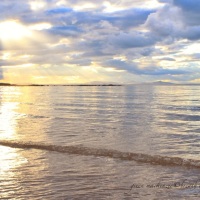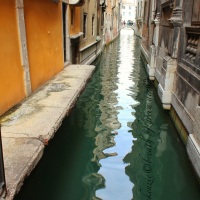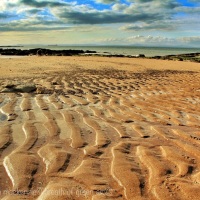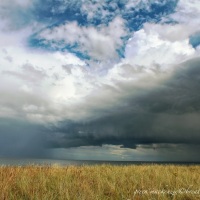
There’s a magical isle of ancient fossil filled limestone, scattered liberally with ancient hand carved monuments of stone. It sits just east of mainland Spain washed by the turquoise blue of the Mediterranean waves and gentle tides. Baked beneath 4,000 years of hot Spanish sun, these rocks evoke a sense of the ancient people of this isle, who washed, worshiped and baked bread among these stones. At this site, ‘Torralba D’en Salord’ which translates roughly as the white stones of Salord, a bronze bull and statues of the Punic goddess Tanit were discovered still resting beside a stone altar as they might have done for thousands of years.
 Here among golden grains, whispering into the sun filled breeze, this ancient Phonecian goddess was worshiped by this famous and far reaching race of sea faring merchants. Phonecian merchant ships plied their goods all across the Mediterranean Sea for thousands of years before Christ was born, even establishing routes to Britain, up the east coast of Ireland and the west coast of Britain. Beautiful jewellery, wine and glass from the warm shores of the Mediterranean are still being discovered scattered up long forgotten rich trading settlements of western Scotland. Perhaps these goods left from these very shores, after the merchant had invoked the blessing of this goddess, among these white stones. Tanit was a moon goddess of grain and fertility, a virginal mother, a heavenly goddess of war and consort of Baal. Linked with Ishtar, she originated just across the waves in Carthage, North Africa, in modern day Tunisia.
Here among golden grains, whispering into the sun filled breeze, this ancient Phonecian goddess was worshiped by this famous and far reaching race of sea faring merchants. Phonecian merchant ships plied their goods all across the Mediterranean Sea for thousands of years before Christ was born, even establishing routes to Britain, up the east coast of Ireland and the west coast of Britain. Beautiful jewellery, wine and glass from the warm shores of the Mediterranean are still being discovered scattered up long forgotten rich trading settlements of western Scotland. Perhaps these goods left from these very shores, after the merchant had invoked the blessing of this goddess, among these white stones. Tanit was a moon goddess of grain and fertility, a virginal mother, a heavenly goddess of war and consort of Baal. Linked with Ishtar, she originated just across the waves in Carthage, North Africa, in modern day Tunisia.
 But the people who raised these hand shaped rocks were here before the name Tanit was ever whispered. Found only on Minorca, these evocative T shaped monuments are found all across the heart of the isle. They are enclosed within limestone walls to form a shrine called a Taula, which is unique to this island. As new waves of people washed through they brought their gods and added them to the already ancient holy sites. They built their homes into a village which surround the holy ground, and kept goats and sheep and threshed grains of wheat and barley. It’s not hard to imagine them going about their daily lives as you walk through the ruins they left behind.
But the people who raised these hand shaped rocks were here before the name Tanit was ever whispered. Found only on Minorca, these evocative T shaped monuments are found all across the heart of the isle. They are enclosed within limestone walls to form a shrine called a Taula, which is unique to this island. As new waves of people washed through they brought their gods and added them to the already ancient holy sites. They built their homes into a village which surround the holy ground, and kept goats and sheep and threshed grains of wheat and barley. It’s not hard to imagine them going about their daily lives as you walk through the ruins they left behind.
 There are also hand chiseled burial caves within the village, with some houses being built over old ancestral caves. These were communal tombs where burial rites were carried out, and bodies were laid out to decompose, before the dried bones were added to those who came before them. They feel like comfortable intimate spaces where the ancestors were loved and honoured.
There are also hand chiseled burial caves within the village, with some houses being built over old ancestral caves. These were communal tombs where burial rites were carried out, and bodies were laid out to decompose, before the dried bones were added to those who came before them. They feel like comfortable intimate spaces where the ancestors were loved and honoured.
 The layers of history here are tangible, emerging in layers beneath your feet as you wander among the stones and bones of people whose lives were over many millennia ago, and yet who have influenced the far away, less sun washed isle of Britain. They roamed far across the ocean waves to trade, and came back here to these villages to live and love their families in ways we might find surprisingly familiar. The breeze stirs the golden sea of oats and butterflies dance upwards into the blue cloud filled sky. Sights as old as time itself.
The layers of history here are tangible, emerging in layers beneath your feet as you wander among the stones and bones of people whose lives were over many millennia ago, and yet who have influenced the far away, less sun washed isle of Britain. They roamed far across the ocean waves to trade, and came back here to these villages to live and love their families in ways we might find surprisingly familiar. The breeze stirs the golden sea of oats and butterflies dance upwards into the blue cloud filled sky. Sights as old as time itself.
Find these atmospheric ruins near Alaior, sign posted off the Me-1, main road between Mahon and Ciutadella, on the isle of Minorca. North of the popular beach of Son Bou, there is a 4 euro fee.
 ….All the hopes and all the fears of all the years are gathered here tonight.
….All the hopes and all the fears of all the years are gathered here tonight.
 Then at 7am it revealed itself in its full bone smashing glory, cracking apart not just my morning, but my back, my independence, my sense of control and poise, and the next 12 weeks of my life, minimum.
Then at 7am it revealed itself in its full bone smashing glory, cracking apart not just my morning, but my back, my independence, my sense of control and poise, and the next 12 weeks of my life, minimum.



